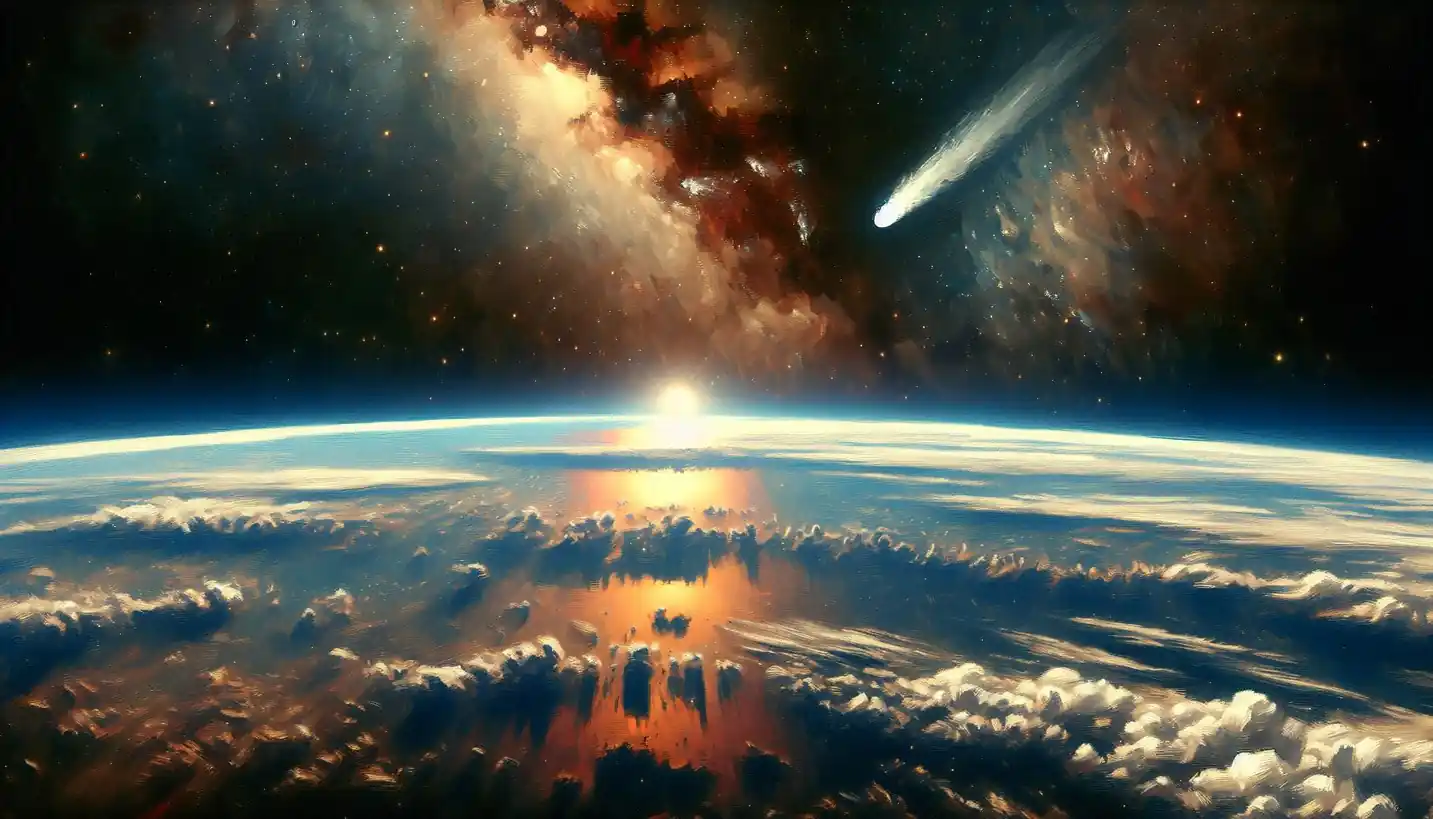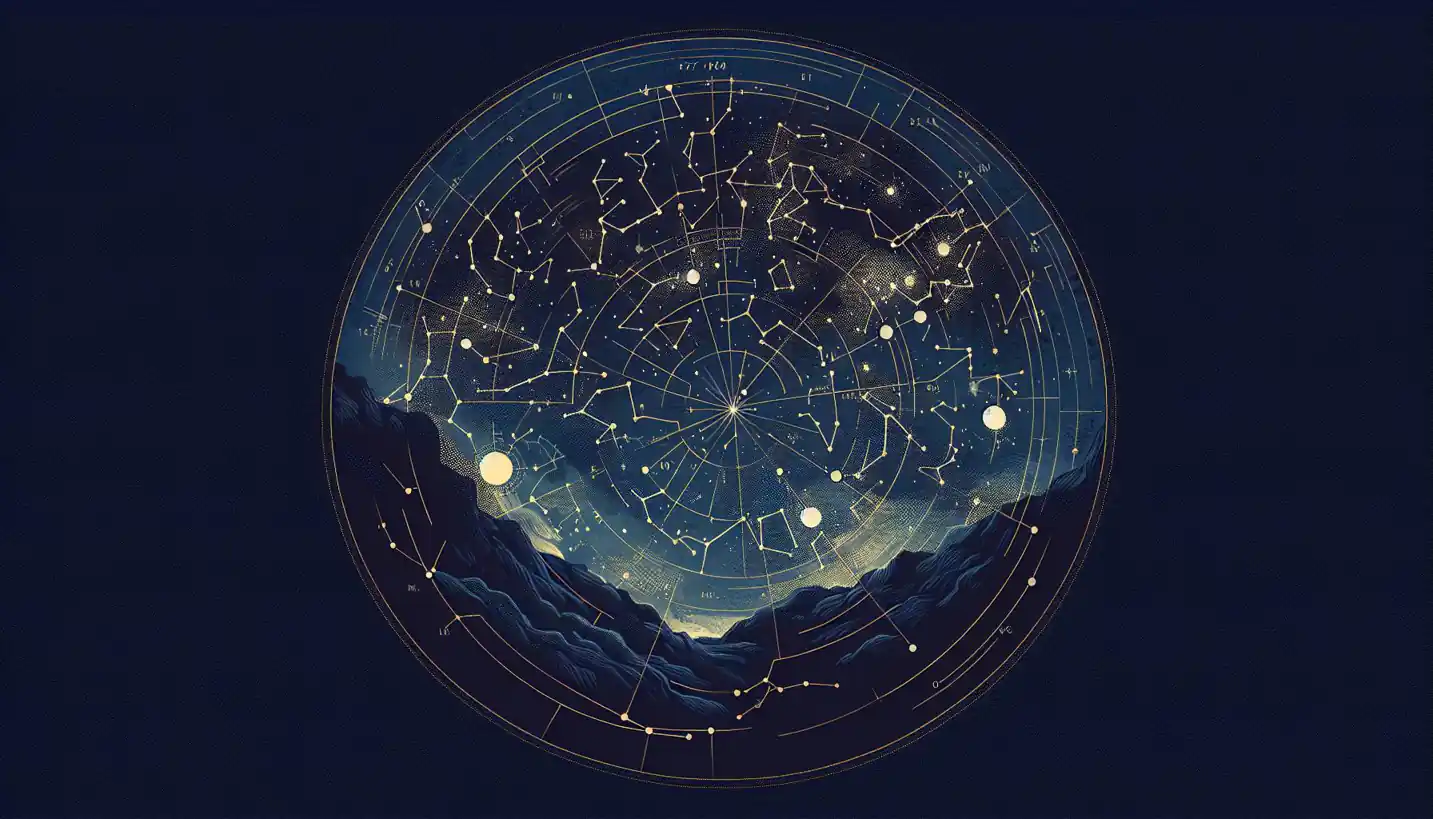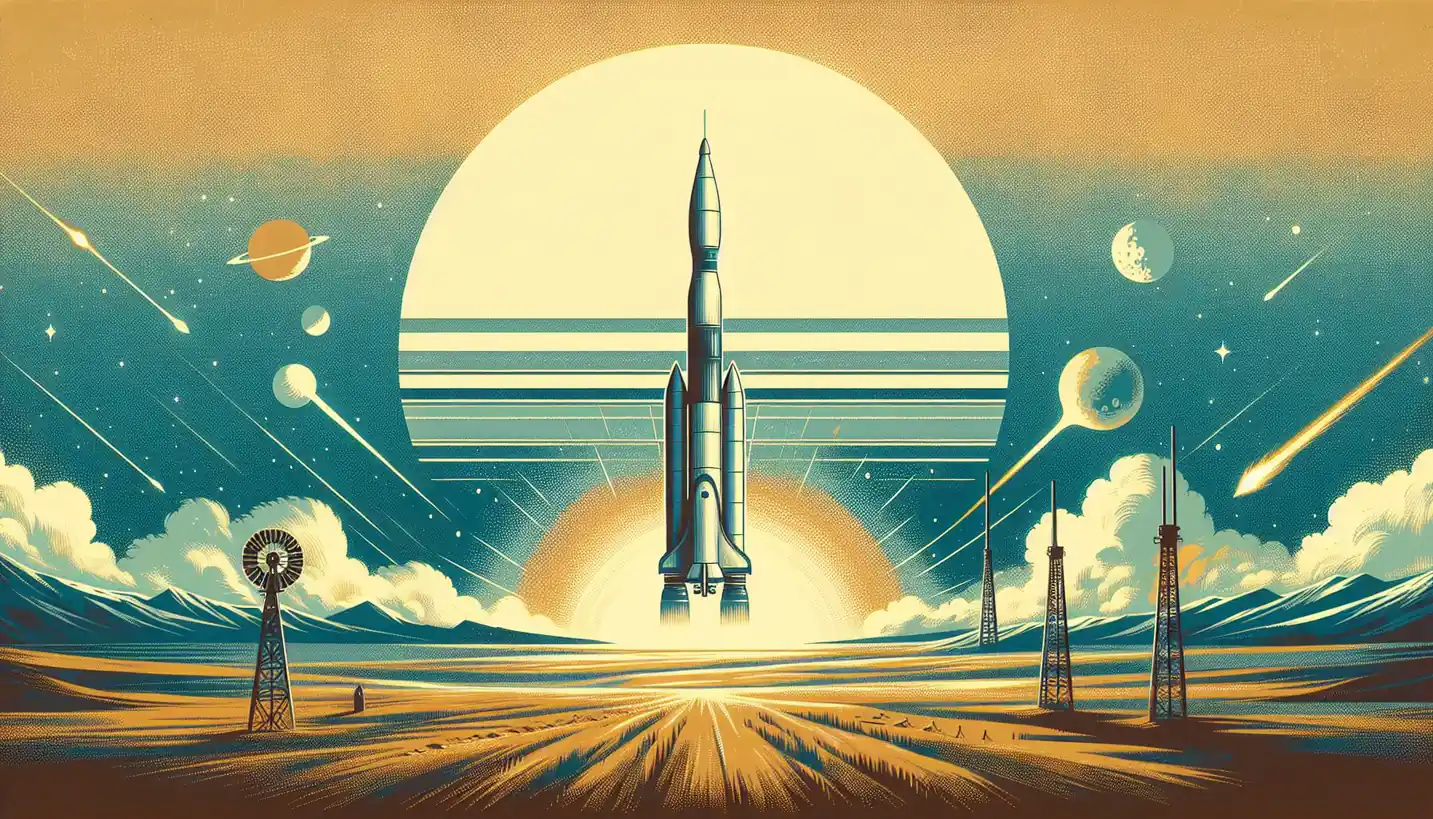· Astronomy · 5 min read
Main Sequence Star: The Heartbeat of the Universe
Main sequence stars are the universe's stable heartbeats. Understand their role in cosmic evolution and the lifecycle of stars.

Twinkling softly in the night sky, stars hold a universe of mysteries. Among these celestial wonders, there’s something called the “main sequence,” and it’s like the beating heart of a star’s life. But what exactly is a main sequence star?
What Are Main Sequence Stars?
Main sequence stars are the bread and butter of the universe. When we look up at the night sky, most of the stars we see are main sequence stars. They’re the steady, stable stars that shine for billions of years and make up a crucial phase in a star’s life cycle.
These stars are in a stage where they fuse hydrogen into helium in their cores. This process, known as nuclear fusion, generates a tremendous amount of energy. It’s this energy that makes the stars shine brightly and stay balanced over time.
The Life Cycle of a Star
To understand main sequence stars better, think of them as a star’s middle age. Stars begin their lives in giant clouds of dust and gas. As gravity pulls these clouds together, they form protostars. Eventually, these become hot and dense enough to kick off nuclear fusion, starting their journey as main sequence stars.
Throughout this phase, the star is in equilibrium. The energy from nuclear fusion pushing outward balances the gravitational forces pulling inward. This balance keeps the star stable, allowing it to shine steadily for millions to billions of years, depending on its size.
Different Types of Main Sequence Stars
Main sequence stars come in a range of sizes and colors. Their characteristics depend on their mass. Here’s how it breaks down:
Red Dwarfs: These are the runts of the main sequence litter, smaller and cooler than our Sun. They burn their fuel slowly and can exist for hundreds of billions of years. They’re among the most common stars in the universe.
Sun-like Stars: Our own Sun is a typical example. These stars have a balanced life, shining brightly for around 10 billion years. They’re hotter and more massive than red dwarfs but not as intense as the big boys of the star world.
Blue Giants: These are the superstars, massive and fierce. They burn through their fuel quickly, living fast and dying young. Their intense heat and pressure make them shine with a blue-white light.
The Importance of Main Sequence Stars
Why do these stars matter so much? Well, they play a crucial role in the cosmic dance of life. For one, their stability allows planets to form and thrive in orbits around them. Our Earth, for example, has had the luxury of a stable Sun for billions of years, providing the warmth and light necessary for life to develop.
Moreover, main sequence stars are the primary factories for creating heavier elements in the universe. Through the process of fusion, they build the elements up to iron, which eventually get scattered into space when stars die, enriching the cosmic environment for new generations of stars and planets.
How Main Sequence Stars Die
Stars don’t live forever. Once a main sequence star runs out of hydrogen fuel in its core, it begins to die. The life of a star after the main sequence depends on its mass:
Small Stars (Red Dwarfs): These stars burn their fuel slowly and fade quietly into a white dwarf, a dense, dim remnant.
Medium Stars (Like Our Sun): After exhausting hydrogen, they expand into red giants and eventually shed their outer layers, leaving behind a beautiful planetary nebula and a white dwarf at the center.
Massive Stars: These stars go out with a bang. They may end their lives in spectacular supernova explosions, sometimes leaving behind neutron stars or black holes.
Narratives in Stardust
Imagine ancient stargazers, gazing at the sky, captivated by patterns and stories woven between the stars. What they couldn’t see was that each star, glowing in the night, was a complex, living system, much like a beating heart, pulsing with the rhythm of nuclear fusion.
Main sequence stars are like reliable friends in the cosmos. Knowing about them helps us understand where stars come from and where they’re going. Each one tells an ancient story of birth, life, and eventual death—a narrative written in stardust.
The Future of Main Sequence Stars
With advances in technology, scientists are constantly learning more about these fascinating celestial objects. As telescopes become more powerful and our methods more precise, we’re identifying main sequence stars in distant galaxies, deepening our understanding of the universe.
Open-ended questions abound. What secrets do these stars hold about the formation of our galaxy? Can they reveal insights into the potential for life elsewhere in the universe? As ongoing research explores these questions, our curiosity only grows.
In essence, main sequence stars are more than just points of light. They are cosmic storytellers, narrating tales not just of their own existence but also of the galaxies they inhabit. Each one adds to the grand mosaic of the cosmos, making them endlessly fascinating subjects for scientists and stargazers alike.
So next time you look up at the sky, remember that many of those twinkling dots are main sequence stars, silently chronicling their journey through the universe, just as they have for billions of years.


